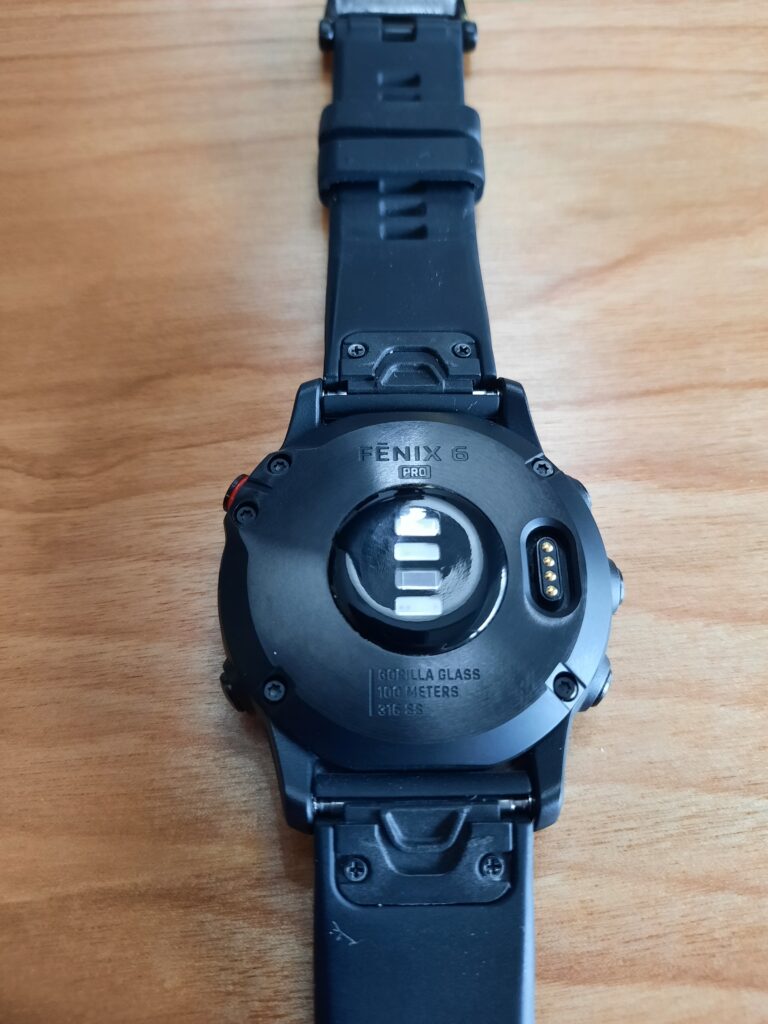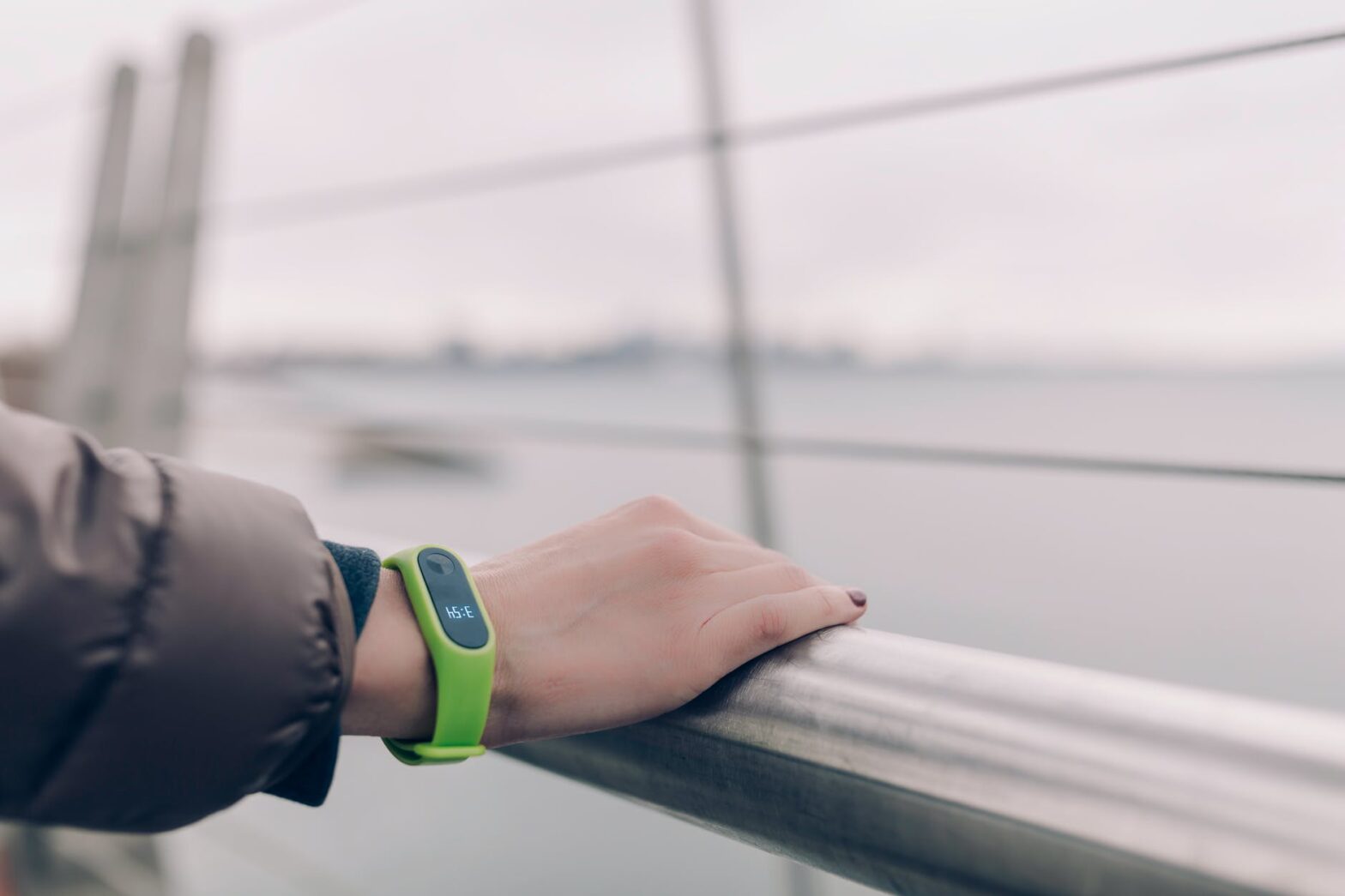A big part of training for any sport in this day and age is technology – there seems to be a device to measure just about every aspect of our physical performance! Companies like Garmin, Wahoo, Polar, Suunto, Zwift, and Stryd (just to name a few) continue to push the boundaries of training tech, while heavyweights like Apple throw their hat in the ring with mass-market devices that also have athletic functions.
While there is seemingly no end to the biometrics (a fancy way saying metrics that measure our biology) that we can analyze, some are definitely more useful than others. They aren’t all necessary, or even necessarily desirable, for every athlete. Keep that in mind when looking at devices – you may or may not need some of the things that a device can do.
In this article, I’ll go over a few types of devices that are available and what they provide.
Watches
This is usually the first piece of fitness technology that people acquire, and with good reason. Modern smartwatches pack a ton of tech and biometric tracking capability into relatively small, attractive packages. There’s so many options in this space that it can be overwhelming, but here is a few things to be aware of.
Heart Rate
You’ll be hard-pressed to find a fitness tracker or smartwatch that doesn’t have a heart rate sensor these days. For an overview of the different types of heart rate sensors used in wearable fitness tech, this article gives a quick overview of how they work. Most watches will have a built-in optical heart rate sensor.

Activity Tracking
Devices have a multitude of different types of activities they can track, and in different ways. Some are more focused on one area, like the Garmin Forerunner 55 or Polar Pacer. Others, like the Garmin Forerunner 945, are made for multisport activities like triathlon.
There is a plethora of basic devices, like the Garmin vivoactive series or most Fitbits, aimed at basic fitness rather than serious training. The more common Apple Watch also has a number of great activity tracking and fitness features.
GPS
Most smartwatches have GPS capability, although accuracy varies depending on the make and model. This is a very important feature for most types of training, since the device will use GPS to calculate your distance and speed outdoors! And it’s just so satisfying to see the map of where you’ve been, isn’t it?
Chest Straps
These are generally pretty straightforward – a strap that you wear around your chest that gathers heart rate data, and possibly other metrics as well. A few examples include the Polar H9/H10, Garmin HRM-Dual & HRM-Pro, and Wahoo TICKR line. Many are water resistant, and some are waterproof and therefore suitable for wearing while swimming or even during a triathlon!
The electrical heart rate sensors used in most chest straps are more accurate than the wrist-based optical heart rate sensors on most watches. This is especially important for interval training, where an athlete’s heart rate should be repeatedly and quickly increasing for a short period of time. Optical heart rate sensors have a hard time keeping up with such spikes, whereas an electrical heart rate sensor will record them correctly.
Some chest straps, like the HRM-Pro and TICKR X, also record advanced running metrics like vertical oscillation and ground contact time when paired with a compatible device. These can be very useful for working on running form or training at a high level!
Other Sensors
Foot Pods
Primarily useful for indoor running, a foot pod generally attaches to the laces of your shoes and can provide accurate cadence and distance data on a treadmill or indoor track. While Garmin seems to have discontinued their foot pod, Stryd makes one that seems to be quite advanced.
Cycling Sensors
There is a vast array of cycling training tech out there, and most of it goes beyond what I’m covering in this article. The most basic sensors for cycling measure cadence and speed by attaching accelerometers to either a wheel or a pedal crank.
Conclusion
This has been only a basic look at some of the health and fitness technology out there. Depending on your goals, you might need only the Apple Watch on your wrist right now – or you might want a device with advanced tracking metrics and the ability to connect with a host of sensors to track every aspect of your workouts. Wherever you are on the training tech spectrum, the information here should provide a place to start!

